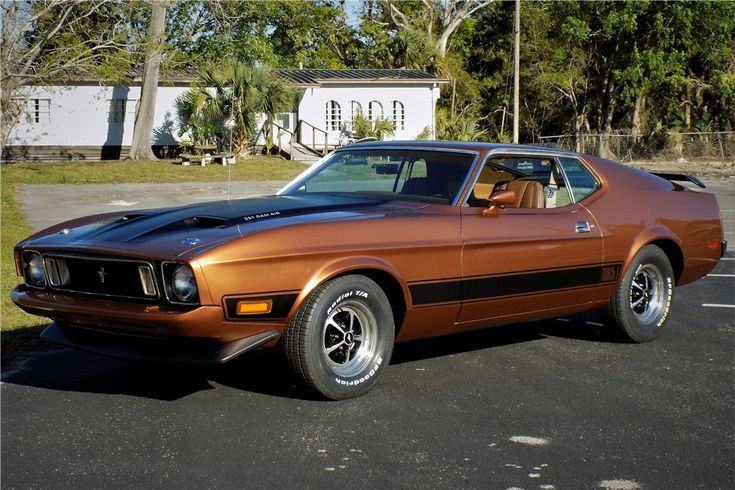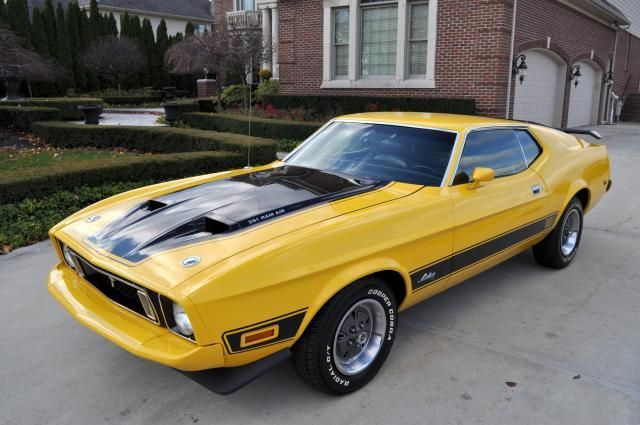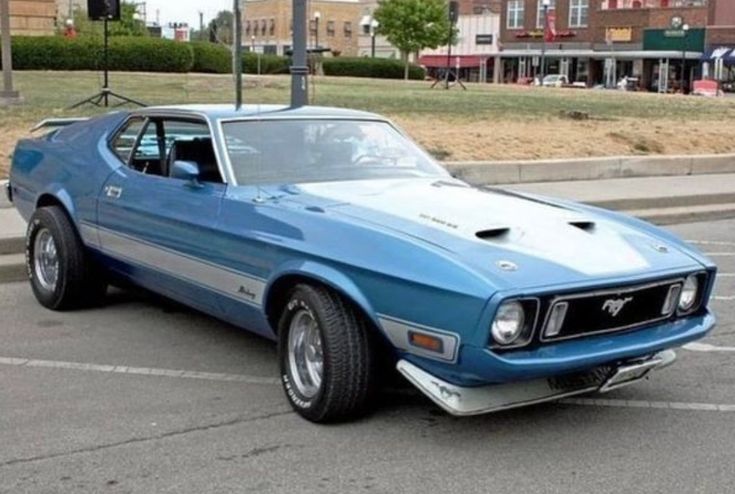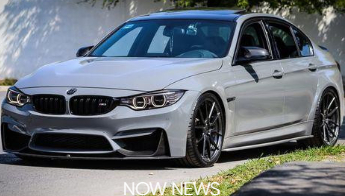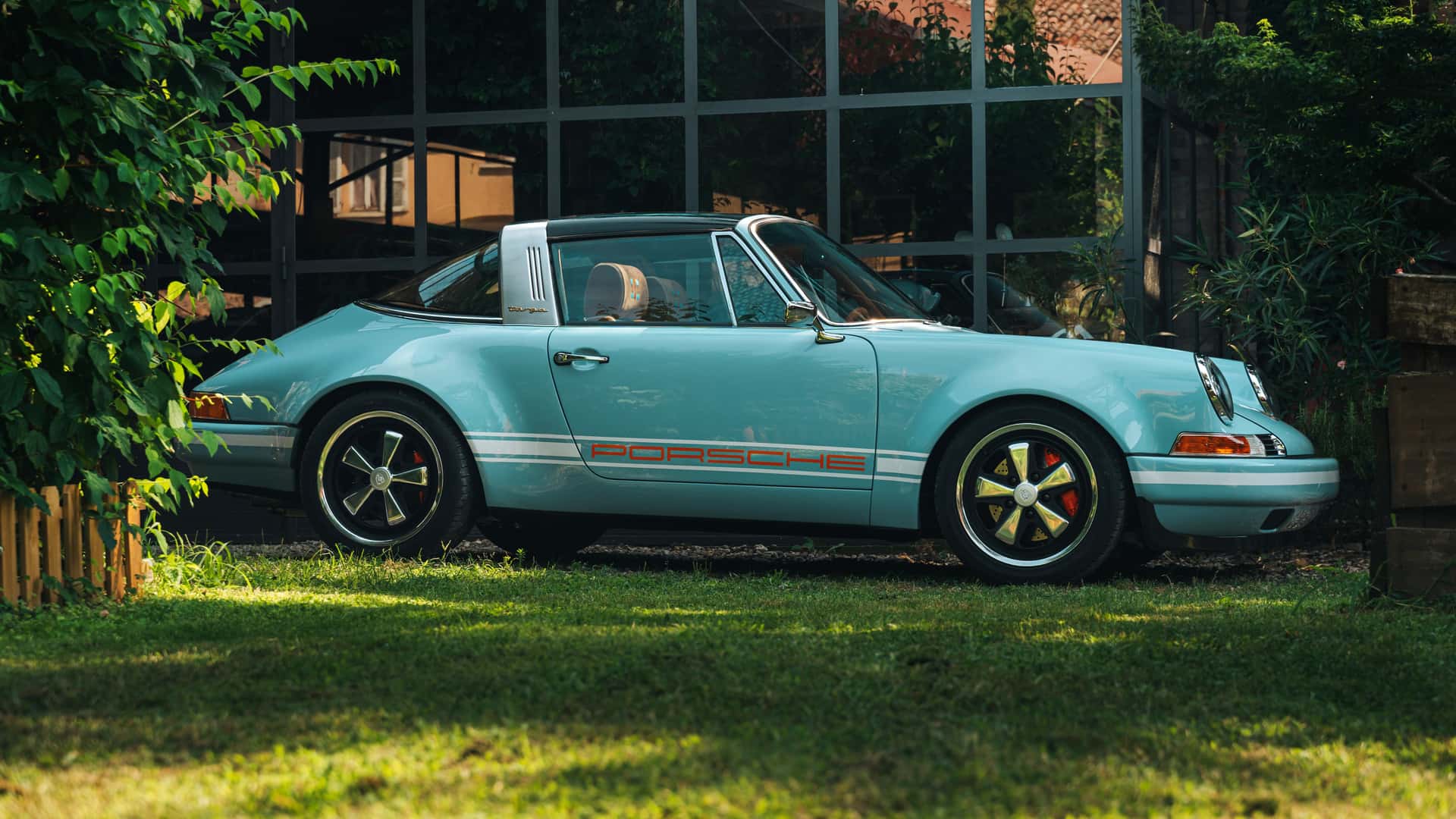The Birth of a Legend’s Final Chapter
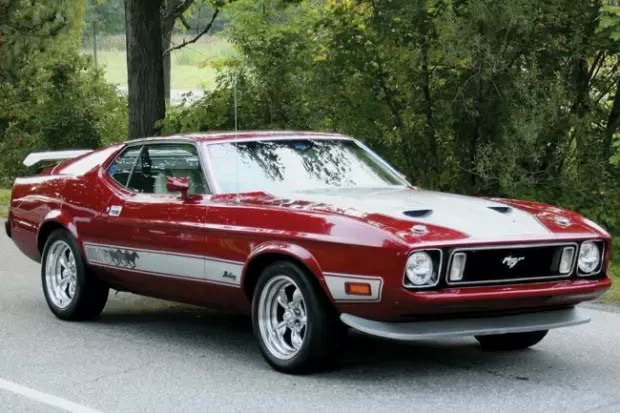
The 1973 Ford Mustang marked the end of the first-generation Mustang, capping off an era that had begun in 1964 when Ford revolutionized the automobile industry with the pony car segment. While previous years had focused on high-performance and aggressive styling, the 1973 model reflected the changes happening in the automotive world.
With increasing emissions regulations, rising insurance costs, and a shift toward more fuel-efficient vehicles, muscle cars were on the decline. Ford adapted by redesigning the Mustang to be larger, heavier, and more refined, yet it still retained the spirit of the classic Mustang performance.
The 1973 model year was also significant as it was the final year before the complete Mustang redesign in 1974, which ushered in the smaller, less powerful Mustang II. For many enthusiasts, the 1973 Mustang remains one of the last true muscle Mustangs of the golden era.
A Symbol of American Pride

The 1973 Mustang was more than just a car—it was a symbol of American freedom, power, and style.
By this time, the Mustang had evolved into a larger, more comfortable muscle car, but it still turned heads with its long hood, short deck, and aggressive stance.
Many buyers opted for the Mach 1 performance package, which featured bold striping, a hood scoop, and upgraded suspension. This package made the Mustang stand out, reinforcing its legacy as one of the most iconic American muscle cars.
The 1973 model was also featured in films and pop culture, solidifying its place in automotive history.
Engineering: Built for Power and Comfort
Ford engineered the 1973 Mustang to be more refined and comfortable, offering a balance between raw performance and everyday drivability.
Key Engineering Features:
- Stronger Reinforced Frame: To comply with new crash safety standards.
- Redesigned Front Bumper: Required by federal regulations, leading to a larger, rubber-mounted chrome bumper.
- Larger Body Dimensions: Making it wider and heavier than earlier Mustangs.
- Revised Suspension: Improved ride comfort and cornering stability.
- Available Power Steering & Power Brakes: Making it easier to handle the Mustang’s larger frame.
While the Mustang’s weight increased, it still packed strong V8 power, keeping it competitive against rivals like the Camaro and Challenger.
Luxury Features That Set the Standard
The 1973 Mustang was more than just muscle—it was also a comfortable cruiser with features that set new standards for the pony car segment.
Interior Features:
- High-Back Bucket Seats: Providing more comfort and support.
- Full-Length Center Console: Giving a more luxurious and ergonomic cabin layout.
- Simulated Woodgrain Dashboard: Adding a classic and upscale touch.
- Optional Air Conditioning: Making the Mustang more suitable for year-round driving.
- AM/FM Stereo with 8-Track Player: A cutting-edge feature for its time.
- Optional Power Windows and Tilt Steering Wheel: Offering more convenience for the driver.
Ford positioned the 1973 Mustang as a muscle car that could also double as a comfortable daily driver, a trend that would continue in later Mustang generations.
Specifications, Output, and Performance
The 1973 Mustang came with several engine options, ranging from fuel-efficient inline-6 models to high-performance V8s.
Engine Options & Performance:
| Engine | Displacement | Horsepower | Torque | 0-60 mph | Quarter Mile |
|---|---|---|---|---|---|
| 250 Inline-6 | 4.1L | 95 HP | 190 lb-ft | ~13 sec | 19+ sec @ 70 mph |
| 302 Windsor V8 | 5.0L | 141 HP | 244 lb-ft | ~9.5 sec | ~17 sec @ 80 mph |
| 351 Cleveland V8 | 5.8L | 177-266 HP | 286-301 lb-ft | ~8 sec | ~15.5 sec @ 90 mph |
| 429 Cobra Jet V8 | 7.0L | 375 HP | 450 lb-ft | ~6.4 sec | ~14 sec @ 100 mph |
Transmission Options:
- 3-Speed Manual (Base Transmission)
- 4-Speed Manual (Available with V8s)
- C6 3-Speed Automatic (Most Common Choice for Cruising)
Speed and Performance Capabilities
By 1973, the muscle car era was declining, and the Mustang’s focus was shifting toward comfort rather than outright performance. However, when equipped with the Cobra Jet V8, it could still compete with many of the best muscle cars of the time.
Speed Metrics:
- Top Speed: ~120-140 mph (depending on engine option)
- 0-60 mph: 6.4 - 13.0 seconds
- Quarter-Mile Time: 14 - 19 seconds
Although weight and emissions regulations slowed down the Mustang compared to earlier models, it remained one of the fastest and most stylish American muscle cars of its time.
Conclusion: The Last Muscle Mustang of the Era
The 1973 Ford Mustang was the final chapter in the first-generation Mustang’s history, representing the end of an era for raw, high-horsepower muscle cars.
With its powerful V8 options, aggressive styling, and added luxury features, the 1973 model remains a collector’s favorite, especially in Mach 1 and Cobra Jet configurations.
While the muscle car market was changing, the Mustang continued to thrive, evolving into a more refined and versatile performance car.
For many enthusiasts, the 1973 Mustang is one of the last true muscle cars before the industry shifted toward more regulated and fuel-efficient vehicles. Today, it remains a highly sought-after classic, capturing the spirit of American power and freedom.


